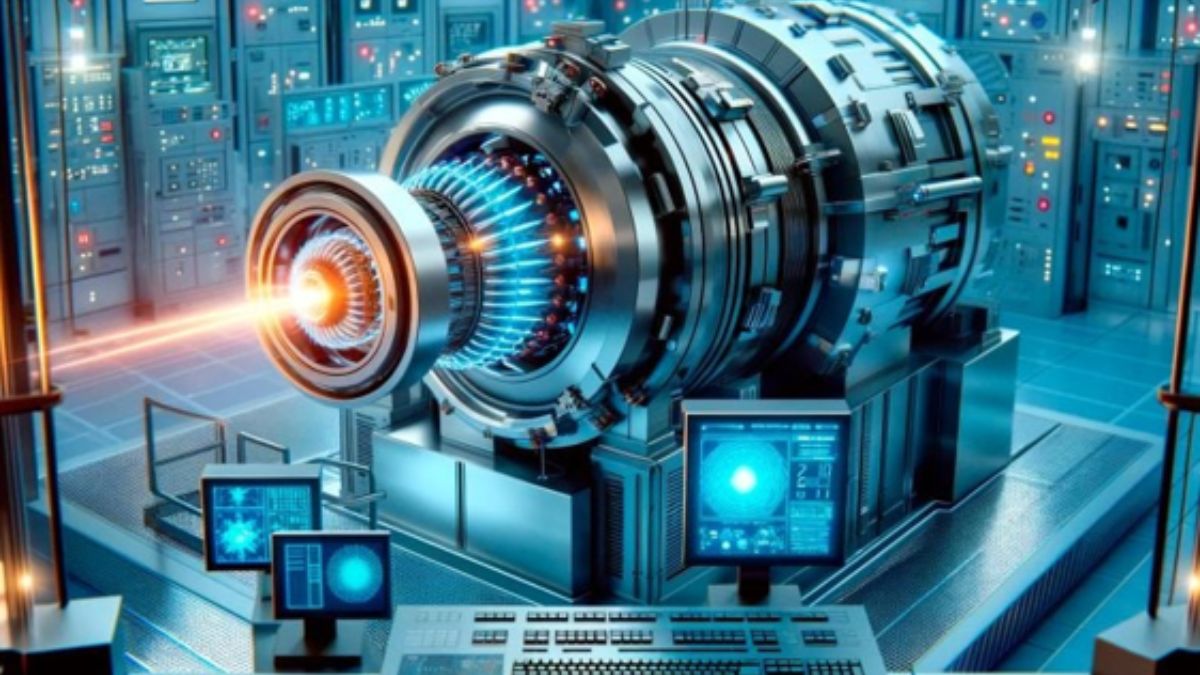The electron beam accelerator is a fascinating piece of technology that has fundamentally reshaped various scientific and industrial applications. By harnessing high-energy electron beams, these accelerators facilitate processes that range from material modification to medical treatments and even advanced research in particle physics. The technology, while complex, is incredibly efficient, precise, and versatile, making it a cornerstone of modern innovation.
Electron beam accelerators are machines that accelerate electrons to high velocities using electric and magnetic fields. These high-speed electrons possess tremendous energy and are directed toward a target material or system to achieve specific effects. This controlled application of energy is what makes the technology so valuable across multiple disciplines.
How Electron Beam Accelerators Work
At the heart of an electron beam accelerator lies the principle of accelerating charged particles. Electrons, being negatively charged particles, respond to electromagnetic fields. The accelerator generates these fields to propel the electrons at nearly the speed of light, imparting significant kinetic energy.
Once accelerated, the beam of electrons is focused and directed toward a target. Depending on the application, this beam may serve to alter the physical properties of materials, sterilize medical equipment, or even enable imaging in scientific experiments. The process is highly controlled, ensuring that the beam’s energy, size, and focus are optimized for its intended purpose.
Electron beam accelerators come in various designs, including linear accelerators (LINACs) and circular accelerators. Linear accelerators move electrons in a straight line, while circular accelerators use magnetic fields to guide electrons in a looped path. Each type has its unique advantages and is chosen based on the specific requirements of the task.
Applications in Industry
One of the most prominent uses of electron beam accelerators is in industrial manufacturing. These machines have revolutionized the way materials are processed, making it possible to achieve results that were previously unattainable. For instance, electron beams are widely used in the cross-linking of polymers. This process enhances the thermal and mechanical properties of plastics, creating products that are stronger, more durable, and resistant to heat.
In the automotive and aerospace industries, electron beam accelerators play a critical role in improving the performance of materials. The accelerated electrons alter the internal structure of materials at the atomic level, enhancing their strength and resilience. This has led to the development of lightweight yet robust components that contribute to energy efficiency and safety.
Another significant industrial application is the sterilization of medical equipment and food products. Electron beams effectively eliminate bacteria, viruses, and other pathogens without the use of harmful chemicals. This process is faster and more environmentally friendly than traditional sterilization methods, making it increasingly popular in the healthcare and food industries.
Advancements in Medicine
The medical field has also greatly benefited from the capabilities of electron beam accelerators. One of the most notable applications is in radiation therapy for cancer treatment. Electron beams are used to target tumors with high precision, destroying cancerous cells while sparing surrounding healthy tissue. This precision minimizes side effects and improves patient outcomes.
Additionally, electron beam accelerators are employed in medical imaging and diagnostics. By generating high-energy electrons, these devices produce detailed images of internal structures, aiding in the early detection and treatment of diseases. The technology has also been instrumental in the development of advanced imaging techniques, such as electron microscopy, which allows researchers to observe biological specimens at the molecular level.
Scientific Research and Development
In the realm of scientific research, electron beam accelerators are indispensable tools. Particle physics, for instance, relies heavily on accelerators to study the fundamental building blocks of matter. By colliding high-energy electrons with other particles, researchers can uncover new insights into the nature of the universe, from the behavior of subatomic particles to the forces that govern their interactions.
Material science is another field where electron beam accelerators have made a profound impact. The ability to modify and analyze materials at an atomic scale has led to breakthroughs in nanotechnology, semiconductors, and superconductors. These advancements have not only enriched our understanding of materials but also paved the way for innovative technologies in electronics, energy, and computing.
Future Potential of Electron Beam Accelerators
As technology continues to advance, the potential applications of electron beam accelerators are expanding. One area of interest is the development of compact and cost-effective accelerators for widespread use. Miniaturized accelerators could revolutionize fields such as on-site medical diagnostics, portable material testing, and environmental monitoring.
Another promising avenue is the integration of electron beam technology with other emerging fields, such as quantum computing and additive manufacturing. By enabling precise material modification, electron beams could play a pivotal role in creating the next generation of quantum devices and 3D-printed components.
Furthermore, electron beam accelerators are being explored for their potential in nuclear waste management. By breaking down radioactive waste into less harmful components, this technology could address one of the most pressing challenges of the nuclear industry, contributing to a more sustainable and safer future.
Conclusion
The electron beam accelerator is a marvel of modern science and engineering, with applications that span across industries, medicine, and scientific research. Its ability to harness high-energy electrons for precise and efficient processes makes it a transformative tool in the pursuit of innovation and progress. As the technology continues to evolve, its impact is expected to grow, opening new possibilities and reshaping the way we approach challenges in science and industry. With its versatility and potential, the electron beam accelerator stands as a testament to human ingenuity and the power of technology to drive progress.










